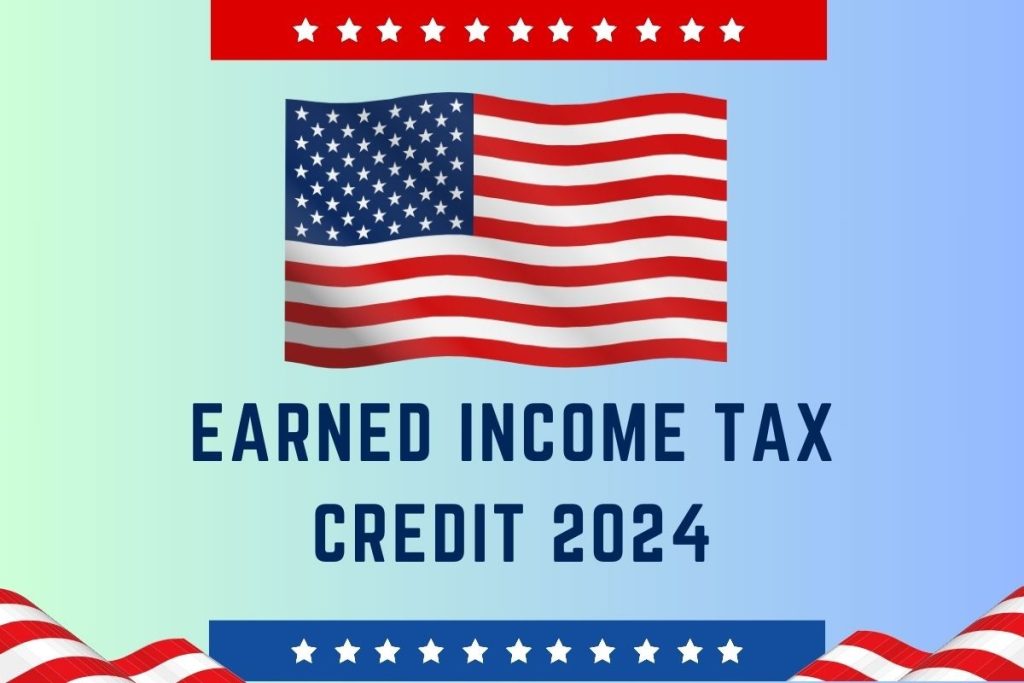Supplemental Security Income: What’s Changing in 2025?
Supplemental Security Income (SSI) is a critical lifeline for millions of Americans, providing financial help to people with limited income who are elderly, blind, or have disabilities. Unlike Social Security benefits, which are funded through payroll taxes, SSI payments come from general federal tax funds.
For 2025, SSI payments have increased thanks to a cost-of-living adjustment (COLA). Individuals now receive up to $967 per month, while couples can get up to $1,450. If you’re classified as an “essential person”—someone who supports an SSI recipient—you’ll receive up to $484 per month. These increases aim to help beneficiaries keep up with inflation.
Who Qualifies for SSI?
Eligibility for SSI is based on specific criteria:
- You must be aged 65 or older, blind, or have a qualifying disability.
- Your assets must fall below $2,000 for individuals or $3,000 for couples.
- U.S. citizenship or qualifying non-citizen status is required.
If you meet these requirements, SSI could be a valuable source of monthly income.
When Will Payments Arrive?
SSI payments are usually issued on the first day of each month. However, if the first falls on a weekend or holiday, payments are sent out earlier. For instance, in November 2024, recipients received two payments due to the December 1 holiday schedule.
This means there were no payments in December, but January 2025 payments arrived on December 31. It’s essential to keep track of these adjusted schedules to manage your finances effectively.
How to Apply for SSI
Applying for SSI starts with filling out a short form on the Social Security Administration (SSA) website. After that, you’ll need to schedule an interview with the SSA to complete the process. Unlike Social Security benefits, you can’t fully apply for SSI online, so be prepared for in-person or phone interviews.
Additional Benefits for SSI Recipients
SSI doesn’t just provide monthly payments—it can also open doors to other assistance programs, including:
- Medicaid for medical expenses.
- SNAP (food stamps) for grocery purchases.
- Housing programs like Section 8.
- The Ticket to Work Program, which supports beneficiaries aged 18–64 who want to rejoin the workforce.
A Story of Persistence: $100,000 Check After 16 Years
In a remarkable case, 80-year-old Wanda Witter, who was homeless, fought for 16 years to prove she was owed Social Security benefits. Her determination paid off when she finally received a $100,000 check.
Wanda’s story highlights the importance of understanding and advocating for your benefits. If you believe there’s an issue with your payments, don’t hesitate to seek help from SSA offices or advocacy groups.



